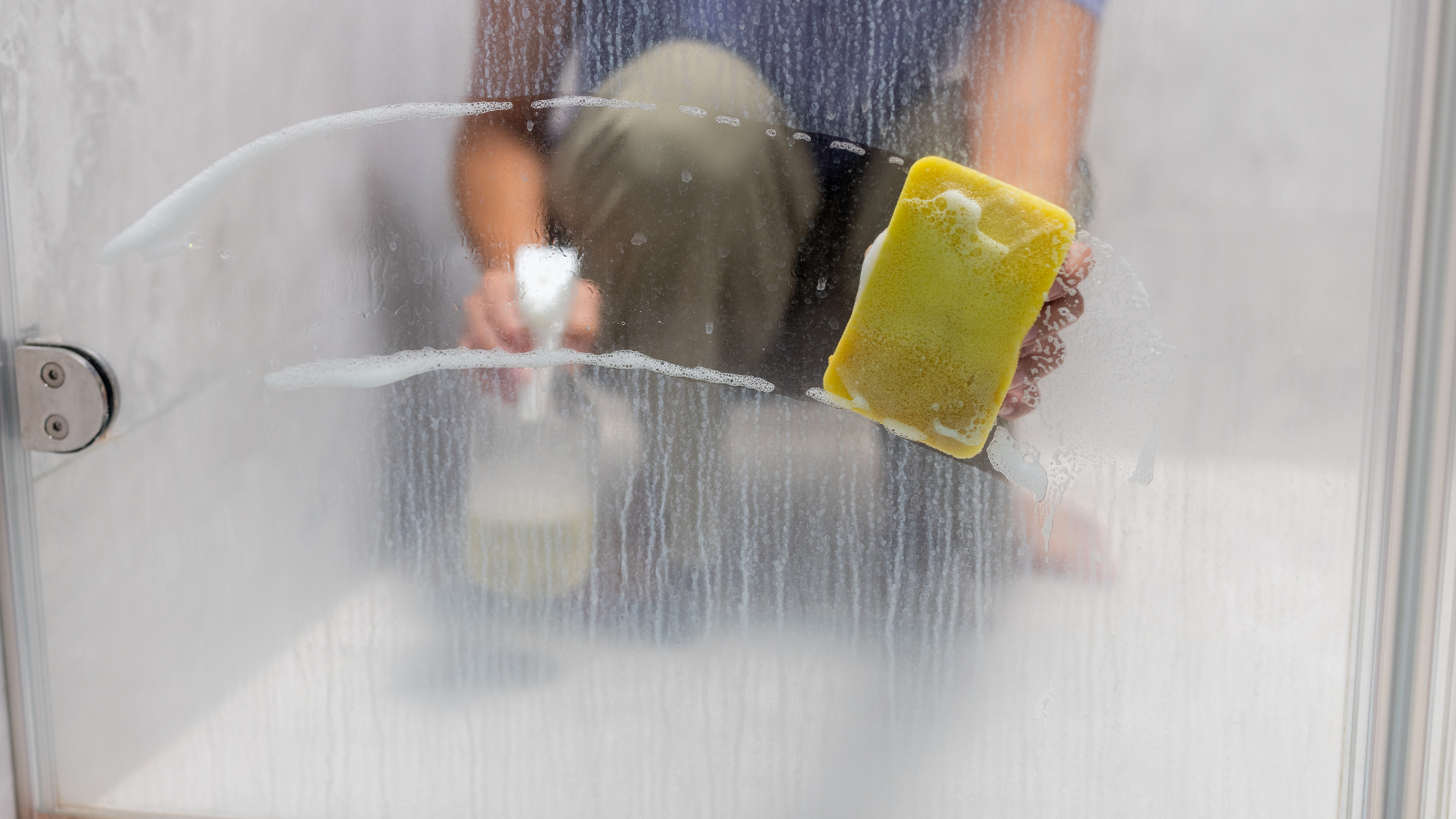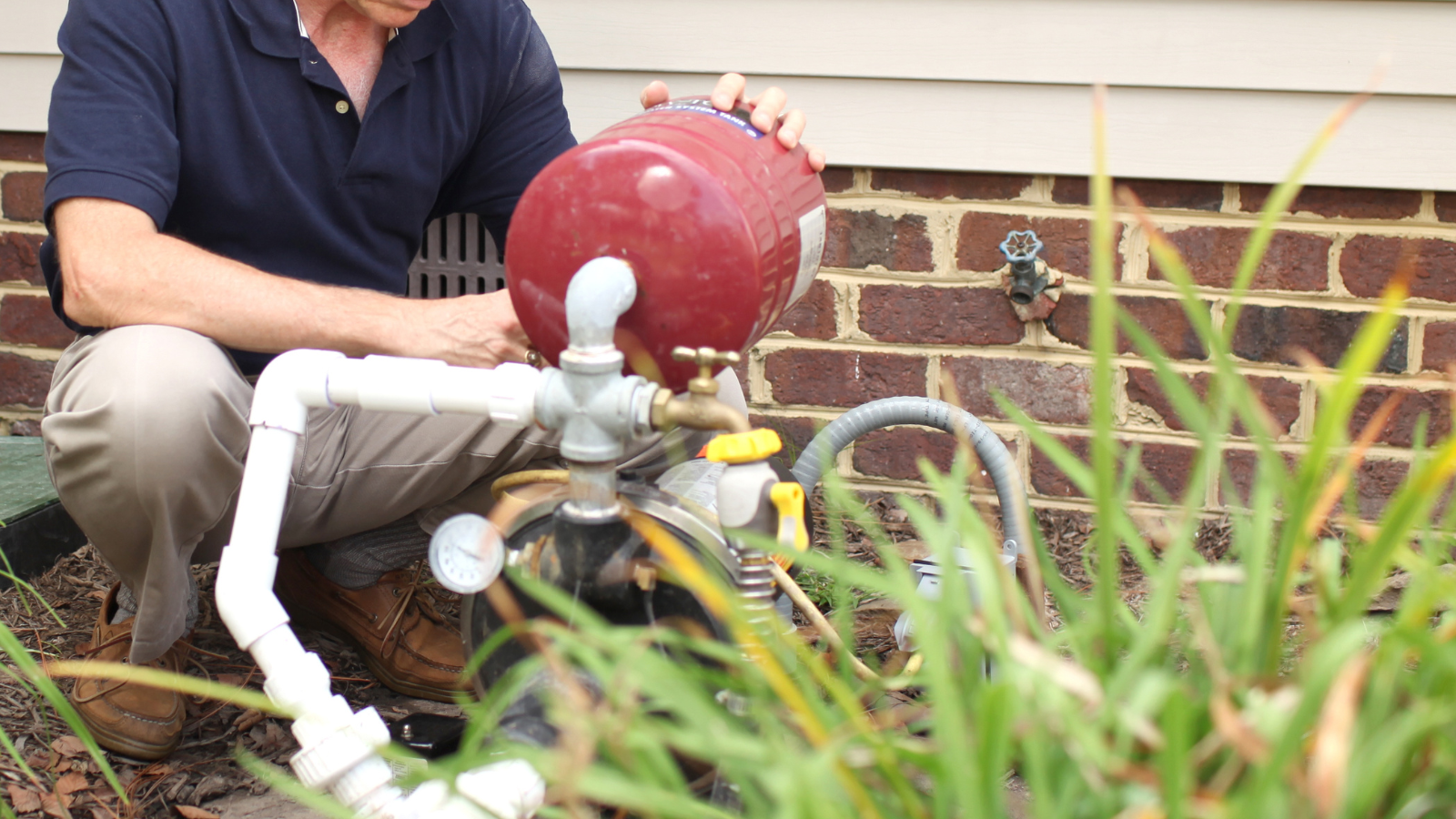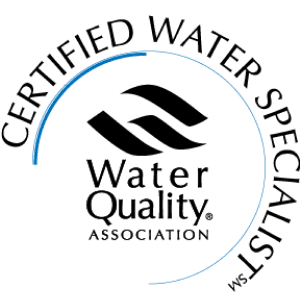How To Protect Your Drinking Water From PFAs & Other “Forever Chemicals”

Contamination of fresh water supplies in the U.S. is an ongoing problem, and one of the most recent water quality concerns has been the presence of per- and poly-fluoroalkyl substances (PFAS) in the water supply.
These “forever chemicals” are a group of man-made compounds that include PFCs (perfluorinated or polyfluorinated chemicals), PFOA, PFOS, and GenX. They’re called “forever chemicals” because they don’t break down naturally in the environment.
What Are PFAS & Where Do They Come From?
PFAS are used in many applications as surfactants, water repellents, stain repellents, and nonstick coatings. They’re found in many consumer products and industrial processes, including:
- Nonstick cookware
- Water- and stain-resistant clothing, upholstery, and carpeting
- Carpet cleaning solutions
- Microwave popcorn bags
- Fire-suppression chemicals
- Food containers and grease-resistant paper
- Personal care products like shampoo, cosmetics, and dental floss
- Industrial processes like textile coating and chromium plating
PFAS can enter our water supply through various routes, including:
- Industrial discharge
- Use of fire-extinguishing foam at military bases, airports, or shipyards
- Agricultural and rainwater runoff carrying treated wastewater biosolids
- Household septic systems (potentially affecting private well water)
The Dangers of PFAS
While the long-term effects of PFAS exposure aren’t yet fully understood, these chemicals have been linked to several health problems, including:
- High cholesterol
- Pregnancy-induced hypertension
- Ulcerative colitis
- Thyroid disease
- Testicular and kidney cancer
- Liver toxicity
- Endocrine system disruptions
- Immune system problems
Due to these concerns, the Environmental Protection Agency (EPA) announced a proposed rule affecting the National Primary Drinking Water Regulations for six PFAS chemicals.
How To Protect Your Drinking Water From PFAS
- Water testing: The first step in protecting your water supply is to have it professionally tested for PFAS and other contaminants.
- Water treatment solutions: Several treatment methods have been shown to reduce PFAS levels in drinking water:
- Reverse osmosis systems: These can remove 95% to 99% of contaminants, including PFAS.
- Carbon filtration systems: A cost-effective solution that can significantly reduce PFAS levels.
- Anion exchange systems
- Stay informed: Keep up with local water quality reports and any notifications from your water supplier about PFAS contamination.
- Reduce PFAS exposure from other sources:
- Choose organic food and produce when possible.
- Choose organic and vegan personal care products.
- Evaluate your usage of household products, including cookware and food containers.
- Look for PFAS-free alternatives when shopping for products that typically contain these chemicals.
- Support research and regulation: Stay informed about ongoing research and support efforts to regulate PFAS in drinking water and consumer products.
Water Testing & Treatment Solutions in Maryland
As we continue to learn more about PFAS and develop new treatment technologies, it’s crucial to take proactive steps to protect your health. If you’re concerned about PFAS in your drinking water, consider having your water tested and investing in an appropriate filtration system.
Remember, while we can’t eliminate all exposure to these “forever chemicals,” we can take significant steps to reduce our risk and protect our health.
At Water Doctor, we’re a leading provider of water testing and treatment solutions in Maryland. We offer reverse osmosis systems, carbon filtration systems, UV sterilization systems, water softening systems, and more. Our experts can test your water supply for contaminants like PFAS, PFCs, lead, and arsenic, and we can recommend the best treatment options for your needs.
For quality water testing and treatment solutions, contact us online. We’ve been proudly serving the residents of Maryland since 1979.
Proudly Serving The Following
Maryland Counties
Anne Arundel | Howard | Baltimore | Frederick | Montgomery | Carroll | Charles | Calvert | Queen Anne's | Harford
Anne Arundel | Howard | Baltimore | Frederick | Montgomery | Carroll | Charles | Calvert | Queen Anne's | Harford






